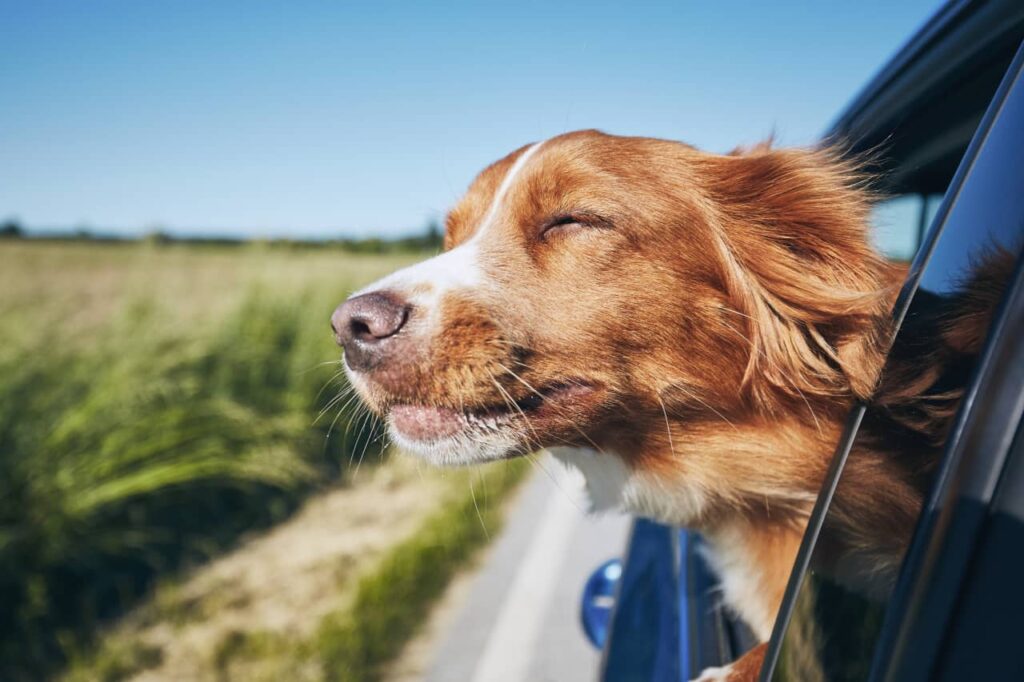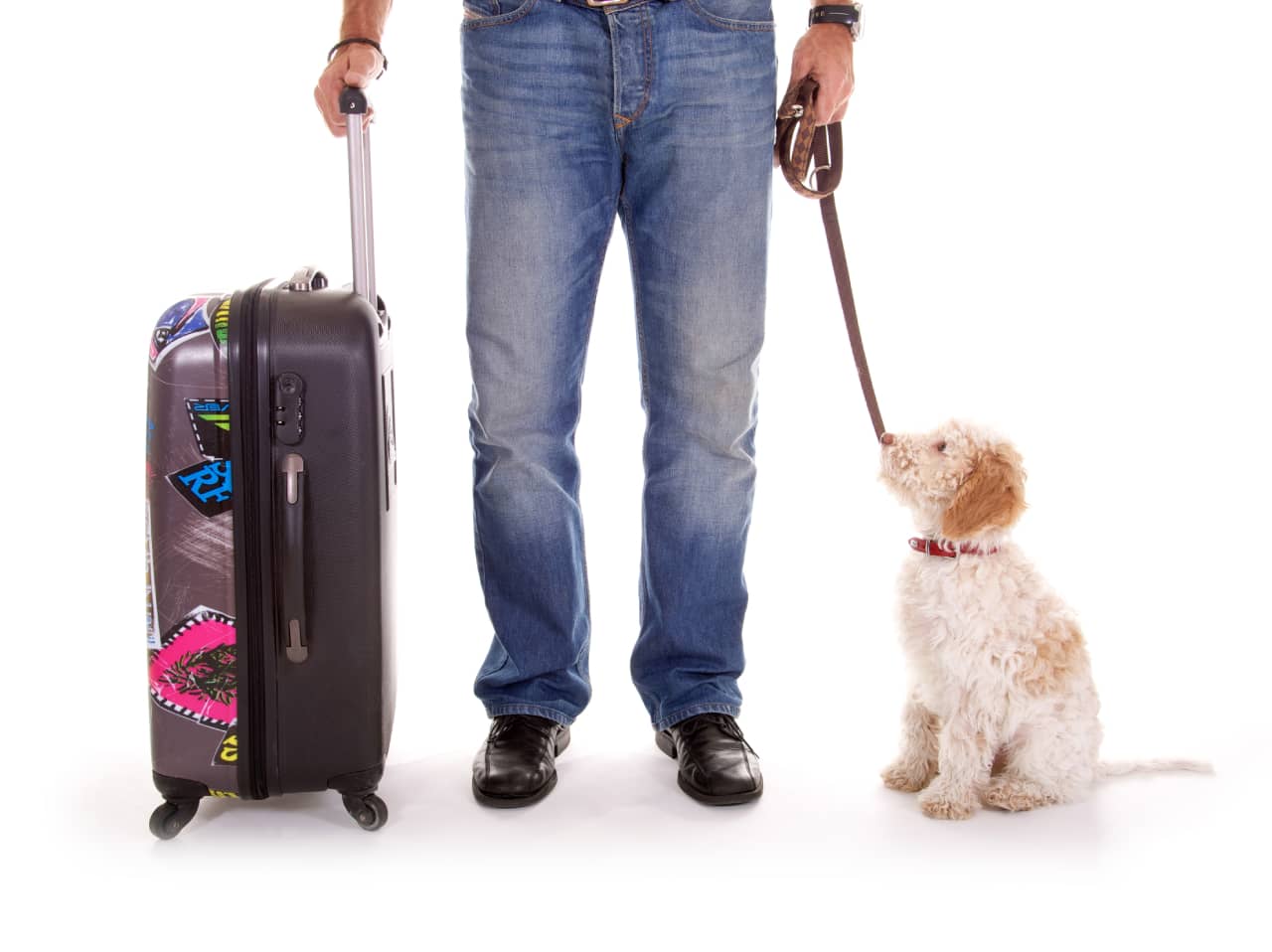Like humans, dogs also have different personalities, habits, preferences, and tastes. For instance, their choice of food and treats vary from one dog to another. Their choice of activities could also differ. Some dogs love playing outdoors, while others prefer to lounge in the comfort of their homes.
In addition, while some dogs tend to enjoy traveling and going on car trips, others do not find joy in this activity. In fact, some pups that dislike traveling can even experience anxiety, stress, and motion sickness.
And since the season is getting warmer, it can be good to take advantage of this season and go on trips with your furry friend. You can visit www.dogfriendlyretreats.com for some possible destinations. But before you partake in your journey together, it’s crucial to prepare your dog early so they won’t feel stressed out on the day of your trip.
As such, if you’re a dog parent looking for tips to ease unfortunate symptoms of your furry pal, consider the following ways to manage your dog’s stress when traveling:
1. Go On A Practice Trip
What better way to prep your dog for a long-distance trip than having a dry run first? When you take short car trips with your dog while in the carrier, you can help reduce their car anxiety. You can use treats to serve as a distraction for them. Make sure the car is filled with fresh air and exciting smells, so consider opening the window for your fur baby.
However, this will depend on your dog’s preference. While some love the fresh air, some prefer to be in an air-conditioned enclosed space. Some dogs may want to explore the scenery outside the window in a similar case, but some might get scared or dizzy. Going on a practice trip will allow you to observe your dog’s travel habits and preferences.
2. Prevent Motion Sickness
As puppies grow older, they are less likely to become motion sick in the car. However, this might not be the case for all dogs. If your dog still happens to feel motion sickness after some time, there are ways to deal with this.
For one, your dog’s tummy should be at ease when riding your car. So, try to make the car temperature comfortable and cool. And depending on your dog, they might want to open the windows so they can breathe in the fresh air.
Also, try not to feed your dog at least some hours before your trip. You can go for a run or walk with your dog in the local dog park, so their body will be conditioned and feel less stressed. And finally, consult your vet for other solutions to prevent or ward off motion sickness.
3. Plan The Itinerary Well
Plan your itinerary accordingly if your pet is anxious. Your pet may want to take frequent breaks, so ensure that you schedule your trip well to accommodate their needs. For instance, plan your route so that you can take advantage of appropriate rest stops every few hours. Doing this can help them feel at ease more.
When taking a rest somewhere, don’t lose hold of their leash as they may want to go and escape the car. Make sure to be with your dog while taking a break. You can play with them and distract them so they’ll feel better and happier. And when you plan your itinerary well, your dog can feel relaxed more, and you can enjoy the right pace for traveling.
4. Train Your Dog To Love The Car

To help alleviate stress and anxiety when your dog is traveling, it’s best to train them early to love the car. For example, you can start training your dog to ride in the car while parked in the garage.
It’s essential for your dog to be comfortable and relaxed before slowly getting used to riding your car. During this training session, you can reward your dog with treats or toys after they successfully complete each step. And after your car training session, you may play with them or feed them a special meal. This will enable them to love and remember the moment as something extraordinary.
However, it’d be important to note to avoid rushing this training process and only go as far as what your dog is comfortable with. This may take weeks or just a few days of training. The key is to be patient and allow your dog to adjust well.
If you’re training your dog in the car, use a crate or car harness attached to a seat belt to keep them safe. You could also turn the car’s engine on and off as the last step in teaching your dog to ride in the car. And once they become familiar with the engine sound, chances are, they may feel less anxious. More so, this can be good training telling them that it’s time to ride or exit the vehicle.
5. Consider Using Calming Medications Or Supplements
Unless you treat your dog’s travel anxiety, it is unlikely to go away on its own. You can go for the scientific approach and use calming medications or supplements for such reasons. However, it’s crucial to seek advice from the vet first before you use this method.
Using calming supplements or other alternative therapies can help you get your dog to a more relaxed state, making counter conditioning and positive reinforcement more successful. Always seek the best product or brand to use, and report to your vet how your dog reacts to it.
When used in conjunction with other training methods and therapies, medication can help in many instances of travel anxiety. Medication that reduces nausea and vomiting may also help if your dog’s travel anxiety is caused by motion sickness.
6. Counter Condition And Desensitize
Counter condition and desensitization techniques are believed to work well to reduce and treat travel anxiety. The goal of counter conditioning is to train your dog that whenever they’re riding the car, they’ll get treats and toys. The goal is for the dog to learn that travel is positive rather than negative. This can then help create a happy memory for them. A Study says your dog responds best to food rewards so consider this during training.
On the other hand, the process of desensitization makes your dog more comfortable with travel. Exposure to being in the car and taking road trips is slowly and carefully increased in this method. This takes time but is well worth it.
A dog trainer usually uses these two methods. While you can do it yourself, you can seek a professional to train your dog using these practical approaches. You can learn effective and positive training methods from an experienced professional. And they can conduct a trial-and-error way to teach your dog to love traveling. Professional dog trainers usually know how to keep up with your dog’s learning pace.
Conclusion
Traveling can be a great bonding moment for you and your furry friend. However, ensure a vet checks out your anxious dog before you travel with them to rule out any physical issues that may cause their anxiety.
Furthermore, with the helpful tips above, you can ensure to make your trip a wonderful experience for your dog. You and your best friend can enjoy making memories together once they start loving going on a car trip with you.



